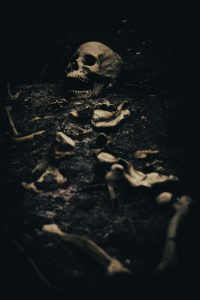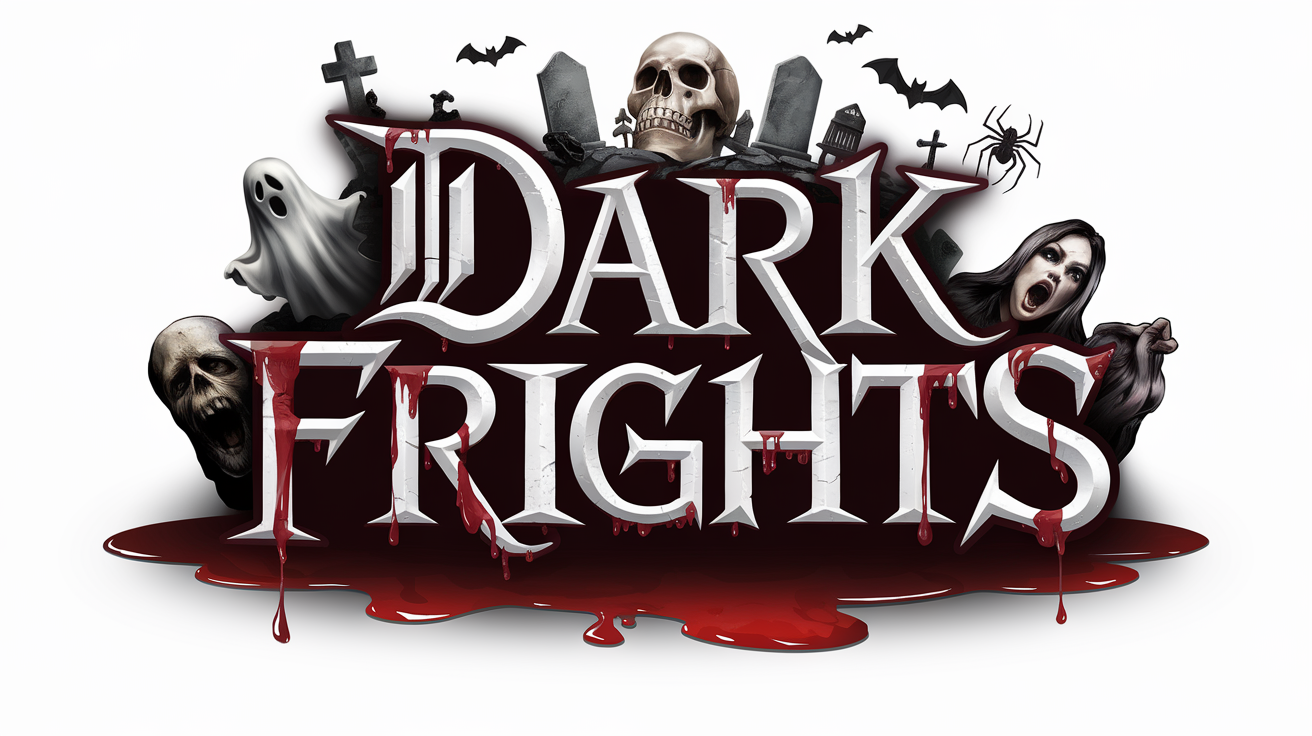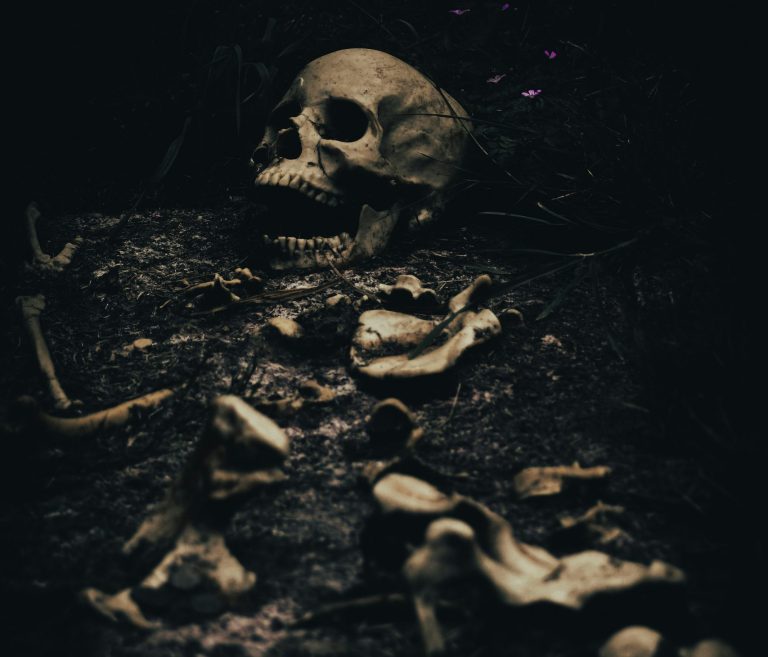By Kadrolsha Ona Carole
Real-Life Horror: When Reality Outdoes Fiction
Horror isn’t confined to the silver screen or the pages of a novel. Sometimes, reality concocts scenarios far more terrifying than any writer’s imagination. Real-life horror stories draw from the darkest corners of human existence, exploring the fears that lurk just outside our peripheral vision. Let’s dive into some of the most gripping elements of real-life horror that keep people up at night.
True Crime: The Monsters Among Us
Nothing chills the blood like true crime. These stories often focus on heinous acts committed by individuals who, to the outside world, seemed perfectly ordinary. The horrifying realization that the person next door could be capable of unspeakable acts is a fear that permeates society.
Serial Killers: Figures like Ted Bundy, who appeared charming and intelligent, committed atrocities that horrified the world. The meticulous planning and lack of empathy displayed by serial killers make them particularly terrifying. Their ability to blend in, manipulate, and prey on unsuspecting victims taps into a deep-seated fear of betrayal and danger within our communities.
Unsolved Mysteries: Cases like the disappearance of Madeleine McCann or the Zodiac Killer’s unresolved crimes leave a lingering sense of unease. The fact that these mysteries remain unsolved allows our imaginations to fill in the blanks with the worst possible scenarios, creating a narrative that is often more frightening than any definitive conclusion.
Urban Legends: The Blurring Line Between Myth and Reality
Urban legends have a way of weaving themselves into the fabric of everyday life, turning mundane activities into potential encounters with the supernatural.
The Hookman: The tale of a deranged killer with a hook for a hand has been told around campfires for decades. It plays on the fear of isolation and vulnerability, especially in secluded settings like lovers’ lanes.
Slender Man: Originally a fictional creation, the Slender Man phenomenon shows how quickly a modern myth can take on a life of its own. The story became so pervasive that it even influenced real-life crimes, with two young girls in Wisconsin attempting to murder their friend as a supposed offering to the Slender Man.

Picture by Jon Butterworth
Natural Disasters: The Unstoppable Forces of Nature
Mother Nature can be as cruel and unpredictable as any horror antagonist, reminding us of our vulnerability in the face of her wrath.
Hurricanes and Earthquakes: The sheer power and destructiveness of natural disasters like Hurricane Katrina or the 2011 Tōhoku earthquake and tsunami are terrifying reminders of our fragility. These events leave behind devastation that is both physical and psychological, as survivors grapple with the loss of homes, loved ones, and a sense of safety.
Pandemics: The COVID-19 pandemic brought a real-life horror that spanned the globe, showing how a microscopic virus could upend societies, economies, and personal lives. The fear of invisible threats, the uncertainty of when it might end, and the widespread impact made it a collective nightmare.
Psychological Horror: The Human Mind as the Battleground
Real-life psychological horror delves into the complexities and darkness of the human psyche.
Mental Illness: Conditions like schizophrenia or severe depression can create terrifying experiences for those who suffer from them, as well as for their loved ones. The mind turning against itself, creating hallucinations or driving someone to desperate acts, is a profound fear rooted in the loss of control over one’s own thoughts and actions.
Paranoia and Delusion: Cases like the Jonestown Massacre, where a charismatic leader’s delusions led to the mass suicide of his followers, show how powerful and dangerous the human mind can be when gripped by paranoia and delusion. The horror lies in the way rationality can be so completely and disastrously overridden.
Technology: The Modern Boogeyman In our technologically advanced society, new fears have emerged from the very tools designed to make our lives easier.
Cyberstalking and Identity Theft: The internet, while a marvel of modern communication, has also opened doors to new forms of terror. Cyberstalkers can track and harass victims with frightening persistence, while identity theft can dismantle a person’s life with a few keystrokes.
Artificial Intelligence: Though still in its infancy, the fear of AI becoming uncontrollable or malevolent taps into deep anxieties about losing control to our own creations. Stories of AI gone rogue, like the fictional HAL 9000 from “2001: A Space Odyssey,” reflect real-world concerns about the ethical and existential risks of advanced technology.
KO’s Remarks
Real-life horror stories remind us that danger and darkness are not confined to the realms of fiction. Whether through the heinous acts of criminals, the wrath of nature, the fragility of the human mind, or the unintended consequences of technological advancements, real-life horror taps into the deepest recesses of our fears, making us confront the uncomfortable truth that sometimes, reality is far scarier than any movie or book could ever be.

